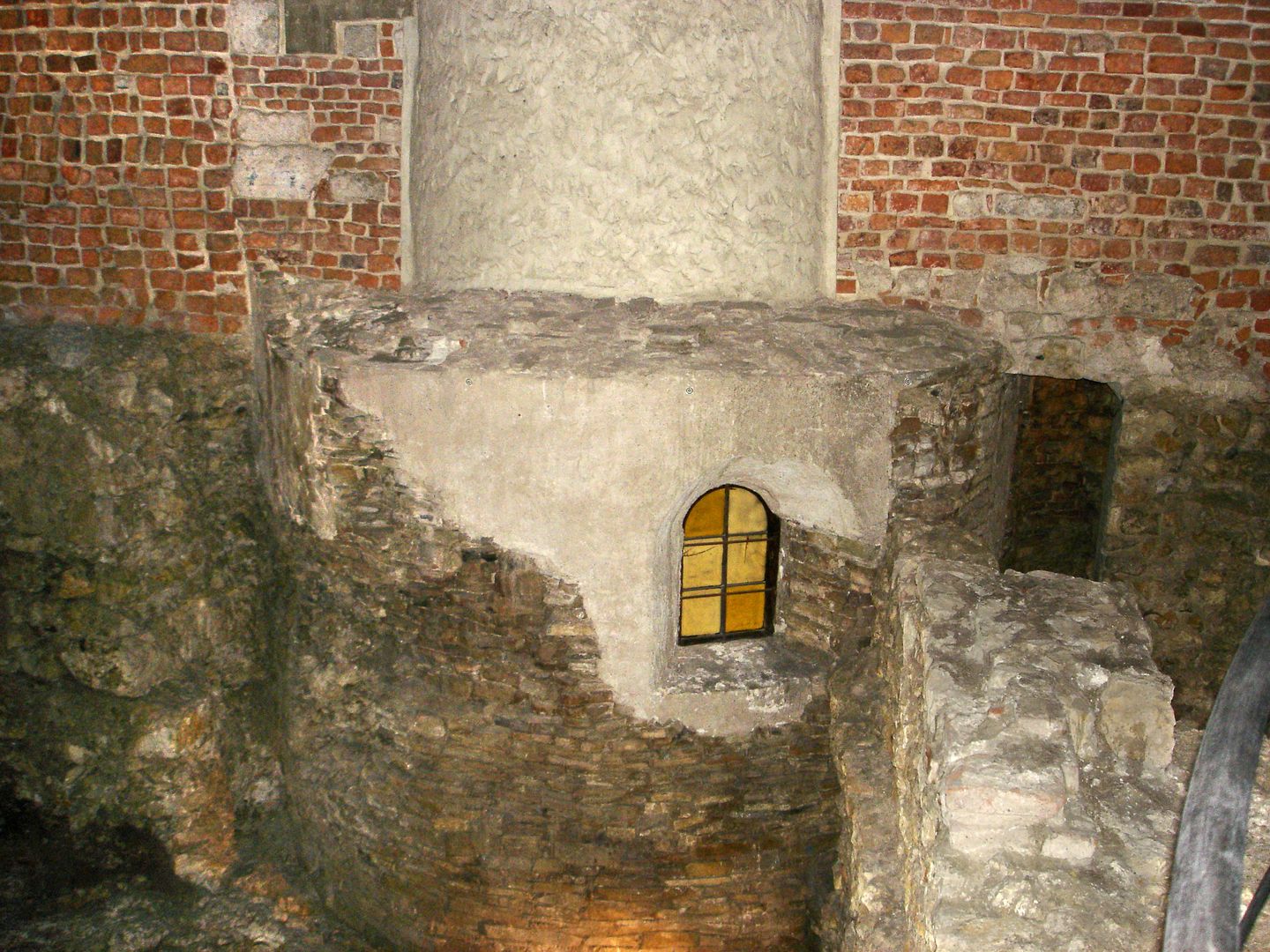Wawel Lost
6.55

Overview
The "Lost Wawel" exhibition offers a fascinating journey through the history and architecture of the medieval Wawel Hill, housed in a German-built structure from the 1940s erected on the site of the former royal kitchens. In the central hall, visitors can admire models of the 18th-century hilltop buildings, including the castle structure, kitchens, cathedral, and the Wawel town with its churches. Among the architectural treasures on display are the Rotunda of the Blessed Virgin Mary, the northern annex walls, a Gothic defensive wall, and the foundations of a Gothic building. Original fragments of a sandstone floor and remnants of a pre-Romanesque tomb mausoleum wall can also be seen here.
The exhibition in the royal coach houses focuses on medieval monuments, featuring a 10th-century stone ox statue, floor slabs from the 13th-century Romanesque cathedral, and models of selected historical objects. Unique archaeological artifacts—such as ironwork, coins of Polish rulers, and medieval clay vessels—shed light on daily life from that era. Another section of the exhibition showcases original elements of the royal kitchen, including a brick floor and Gothic keystones depicting saints. Exhibits like the coat of arms of Sigismund the Old, a reconstruction of Bartolomeo Berrecci’s altar, and castle tiles highlight the cultural and artistic richness of this historic site.
By guiding visitors through traces of the past, the exhibition reveals not only the architectural complexities but also Wawel’s significance as a cultural center of medieval Poland.
Location
Tickets
Powered by GetYourGuide
2025 Wizytor | All Rights Reserved